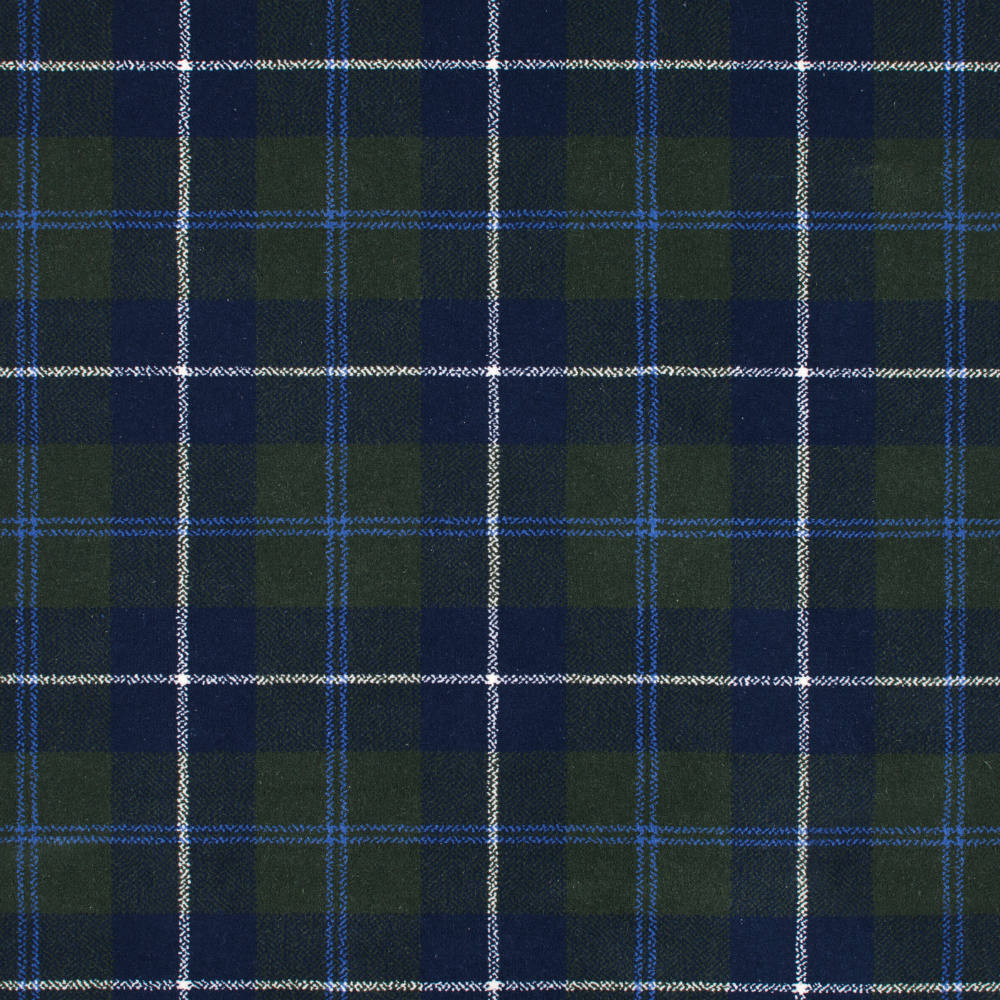
Douglas Tartan History
The Douglas clan name and family tartan have a history that dates back to one of the earliest tartan patterns recorded.
The Scottish clan of Douglas has deep Gaelic roots, and their family tartan dates back to some of the most original tartan patterns. The Douglas name itself is made up of two words; ‘Dubh’ meaning black and ‘glas’ meaning grey. These are the two main shades used in the clan tartan.
The first recorded use of the surname Douglas dates back to 1175, with the name William of Douglas signed as a witness to charters in the area we now know as Lanarkshire. However it was almost 150 years later that the most revered Douglas’ lived. During that period the house of Douglas had grown and expanded in regards to power, land and property.
This was largely due to the founding of the senior cadet branch of the Douglas family, and the great works of the Good Sir James. He was heralded as one of the greatest captains of Robert the Bruce, especially in regards to the War of Independence. It was after this war that the Good Sir James was knighted, and his family then alluded to as the Black Douglas family.
Next to Bruce and William Wallace, the Good Sir James is often thought of as one of the nation’s greatest patriots.
However it was not all a bed of roses when it came to the Douglas family and the monarchy in Scotland. In fact the not-so-good Earl James, the 7th Earl of Douglas, was both violent and not well liked. So much so, his son, the 8th Earl of Douglas was killed by King James II. This spiralled into accusations of treason on the Black Douglas family, so that their earldom and estates were completely wiped out.
This tumultuous history hasn’t really had too much effect on the original Douglas family tartan. The colours still allude to the surname, with black and grey making up the pattern. This simple two colour pattern is not unusual with tartans but the lack of bold colour such as a vibrant red or forest green is uncommon.
